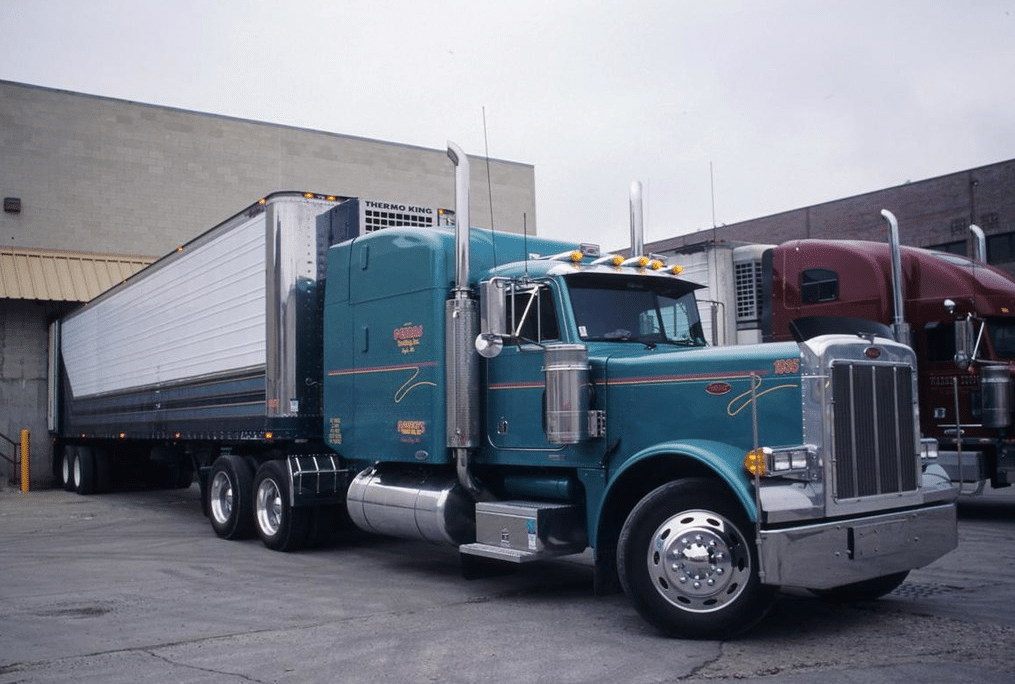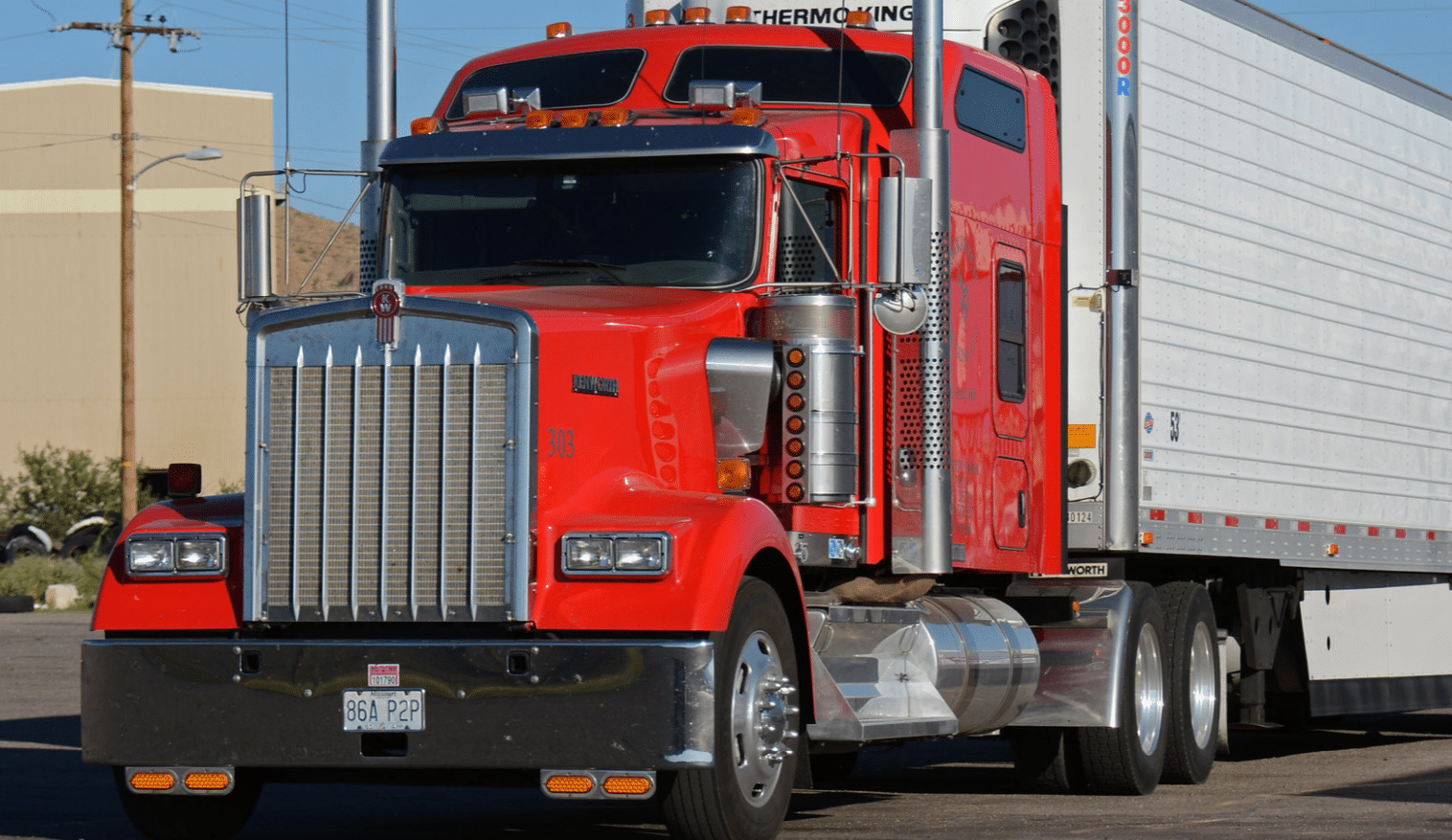Conclusion
There’s a lot to think about, but it’s easy to choose a TMS in the USA if you focus on what matters most to your company. It all comes down to finding a system that fits your needs today and will grow with you tomorrow.


There’s a lot to keep on track when managing tracking and logistics: you need to schedule truck drivers, organize dispatch, handle billing, monitor traffic, and so much more. And it’s almost impossible to simplify all these tasks without a transportation management system (TMS).
Everyone in the supply chain, from manufacturers to distributors to third-party logistics providers (3PLs), utilizes a transportation management system (TMS) to plan and track the flow of commodities. If your job involves coordinating shipments, a TMS makes the process simpler.
As shipments pass from manufacturers to distribution hubs and finally to customers, a TMS uses real-time data via API and EDI connections to provide real-time updates and turns unstructured data into insights about customer service patterns, supply chain performance, and financials.
A TMS, in short, gives you a clear picture of what’s occurring at every stage and helps you simplify your shipping procedures. You can usually change how this software works by adding or removing modules, and your tech ecosystem may include different tools like ERP, logistics management, warehouse management systems, and, of course, a TMS. Many of these modules can integrate with fleet management software as well.
Modern TMS software may considerably simplify tracking and logistical operations, as it offers:
These are just a few of the many ways in which TMS implementation may help your business remain competitive in the face of a challenging logistics industry.
Transportation management system providers don’t just give you software and send you on your way — they offer a range of services to help businesses adopt TMS:
Owner-operators, fleet managers, logistics managers, freight brokers, leased operators, dispatchers, and, of course, truck drivers are among the skilled logistics masters who often provide these TMS services.

The main features of TMS software are:
TMS software also successfully integrates with the other tools your business already relies on, such as:
Integrating your TMS software with tools you already use saves time, gives you a well-rounded view of your operations, reduces errors, and improves customer satisfaction.
The TMS pricing model can impact how you budget and scale your operations. In the USA, you can choose from:
Consider the size, predictability, financial opportunities, and goals of your company when choosing one.
There’s one more TMS term you need to know — dispatch optimization. It’s the process of streamlining how deliveries are scheduled and executed that helps with load planning, driver assignment, timely stop schedules, and real-time adjustments, lowering costs, improving driver and customer satisfaction, and offering better flexibility when dealing with unexpected challenges.
When googling “TMS provider near me”, remember that a good provider should be able to scale as your business moves forward, and offer a user-friendly interface and high-quality equipment that requires minimal training.
Ask your potential provider about the systems they integrate with and whether they offer seamless data sharing: the fewer manual processes, the better.
A reliable TMS provider should also offer 24/7 customer support, different pricing models and affordable plans, and reviews and recommendations from real customers.


There’s a lot to think about, but it’s easy to choose a TMS in the USA if you focus on what matters most to your company. It all comes down to finding a system that fits your needs today and will grow with you tomorrow.
For growing businesses, partnering with the right car-hauling dispatch service is vital. Fleet Care’s strong track record and use of technology for route optimization and real-time tracking keep everyone informed, from the carrier to the customer.
Test